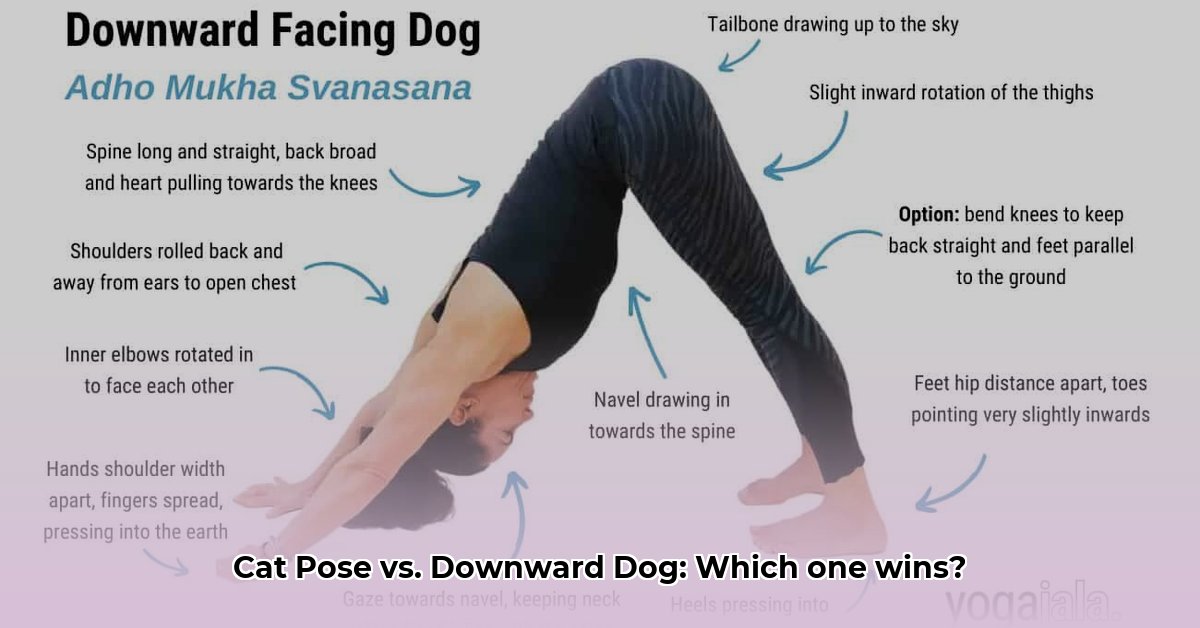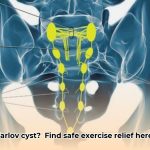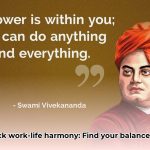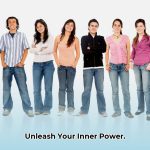Two Foundational Yoga Poses: Finding Your Flow
Curious about yoga? Two poses you’ll likely encounter are Cat Pose and Downward-Facing Dog. This guide explores their unique benefits and provides step-by-step instructions, modifications, and how to incorporate them into your practice.
Cat Pose (Bitilasana/Marjaryasana): Spinal Warm-up
Cat Pose is a gentle, flowing movement that warms and awakens the spine. It promotes flexibility and can relieve tension.
Benefits of Cat Pose
- Spinal Mobility: Increases flexibility and range of motion in the spine.
- Stress Reduction: May promote relaxation and ease tension in the back and neck.
- Core Engagement: Gently strengthens abdominal muscles.
- Improved Posture: Can contribute to better posture and body awareness.
- Coordination: May enhance coordination by linking breath with movement.
How to Do Cat Pose
- Tabletop Position: Start on all fours, wrists under shoulders, knees under hips.
- Cow Pose (Inhale): Drop your belly toward the floor, lift your chest and tailbone, gaze softly upward.
- Cat Pose (Exhale): Round your spine toward the ceiling, tuck your chin to your chest, draw your navel toward your spine.
- Flow and Repeat: Continue flowing between Cow and Cat Pose, coordinating breath with movement for 5-10 repetitions.
Cat Pose Modifications
- Wrist Pain: Place forearms on the ground instead of hands.
- Neck Pain: Keep a neutral gaze or look slightly downward.
Downward-Facing Dog (Adho Mukha Svanasana): Full-Body Energizer
Downward-Facing Dog is an energizing pose that strengthens and stretches the entire body.
Benefits of Downward Dog
- Full-Body Strengthening: Works arms, shoulders, legs, and core.
- Flexibility: Lengthens hamstrings, calves, shoulders, and back.
- Stress Relief: Can calm the nervous system and reduce anxiety.
- Energy Boost: May increase circulation and invigorate the body.
- Therapeutic Potential: Some studies suggest it may help with headaches and back pain. Further research is ongoing.
How to Do Downward Dog
- Tabletop Position: Start on all fours.
- Lift Hips: Tuck your toes and lift your hips up and back, forming an inverted V.
- Hand and Foot Placement: Hands shoulder-width apart, feet hip-width apart.
- Leg Position: Keep a slight bend in the knees if hamstrings are tight.
- Lengthen Spine: Press through palms, lengthen the spine towards heels, relax the neck.
- Pedal Feet (optional): Alternately bend one knee then the other to deepen the calf stretch.
Downward Dog Modifications
- Tight Hamstrings: Keep knees bent.
- Wrist Discomfort: Elevate hands on blocks or a sturdy surface.
Upward-Facing Dog (Urdhva Mukha Svanasana): Heart Opener
Upward-Facing Dog is a backbend known to strengthen the spine, open the chest, and energize the body.
Benefits of Upward-Facing Dog
- Chest and Shoulder Opener: Stretches the chest, shoulders, and front of the body.
- Spinal Strengthening: Helps to strengthen the back muscles and improve posture.
- Energy Boost: Can be invigorating and combat fatigue.
- Improved Breathing: May help to expand the chest and improve lung capacity.
How to Do Upward-Facing Dog
- Lie on Stomach: Palms flat on the floor near your chest, fingers pointing forward.
- Lift and Extend: Press into hands, straighten arms, lift chest and hips off the floor.
- Thigh Variations: Thighs can be lifted or rest lightly on the ground depending on flexibility.
- Shoulder Position: Shoulders down and back, away from ears. Gaze forward or slightly upward.
Upward-Facing Dog Modifications
- Lower Back Sensitivity: Lower hips slightly toward the floor.
Cat Pose, Downward Dog, and Upward-Facing Dog: A Comparison
| Feature | Cat Pose | Downward Dog | Upward Dog |
|---|---|---|---|
| Target Areas | Spine, Core | Full Body | Chest, Spine |
| Primary Benefit | Mobility, Stress Reduction | Strength, Flexibility | Heart Opening, Back Strengthening |
| Difficulty | Beginner | Beginner | Beginner |
Asana Explained
“Asana” is the Sanskrit term for a yoga posture or pose.
Beyond Cat and Dog: Expanding Your Practice
These poses often appear in Sun Salutations. Consider exploring Child’s Pose (Balasana) for rest or Cobra Pose (Bhujangasana) for a deeper backbend.
Tips for Your Yoga Journey
- Breath Awareness: Coordinate breath with movement.
- Listen to Your Body: Never force a pose and modify as needed.
- Mindful Movement: Practice with awareness and focus.
- Enjoy the Process: Yoga is a journey of self-discovery.
By understanding the nuances of each pose and listening to your body, you can create a practice that supports your overall well-being.
- How Much Do Wellness Programs Cost Businesses To Offer? - December 16, 2025
- Wellness Fair Ideas for Work to Boost Employee Wellbeing - December 15, 2025
- Affordable Employee Wellness Fair Ideas for Any Budget - December 14, 2025
















